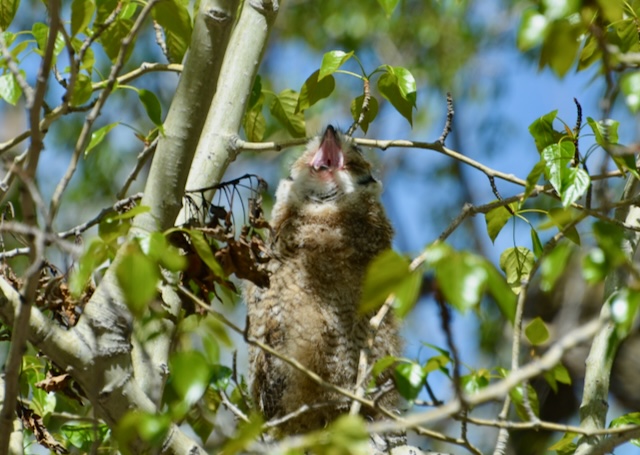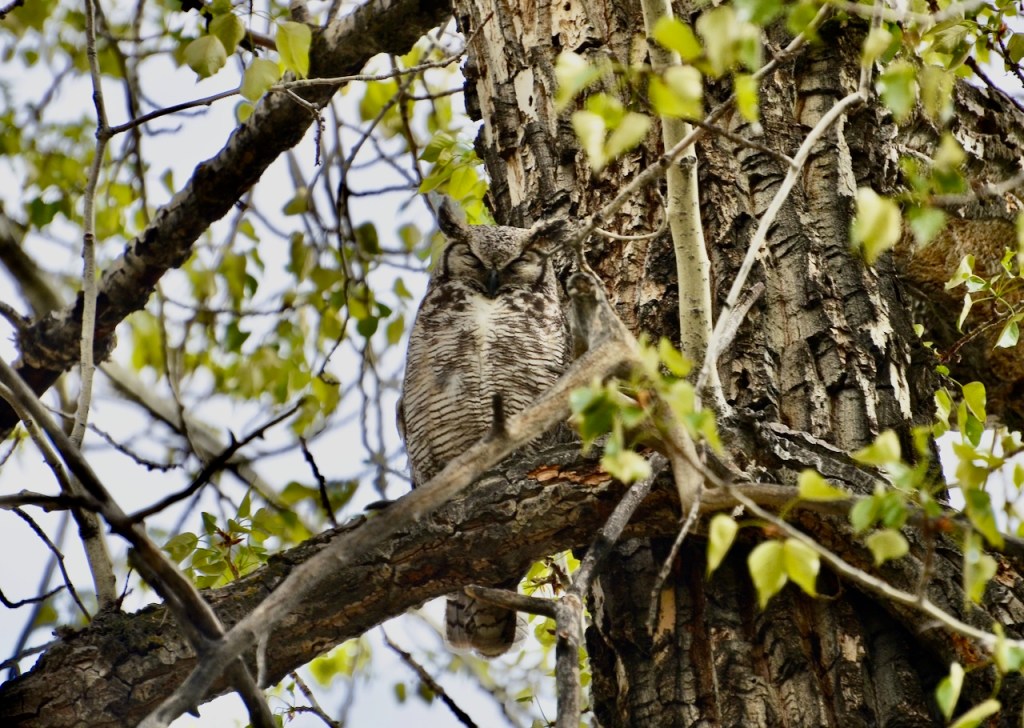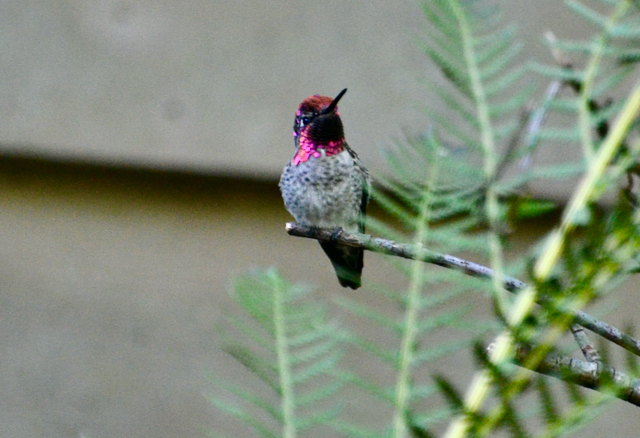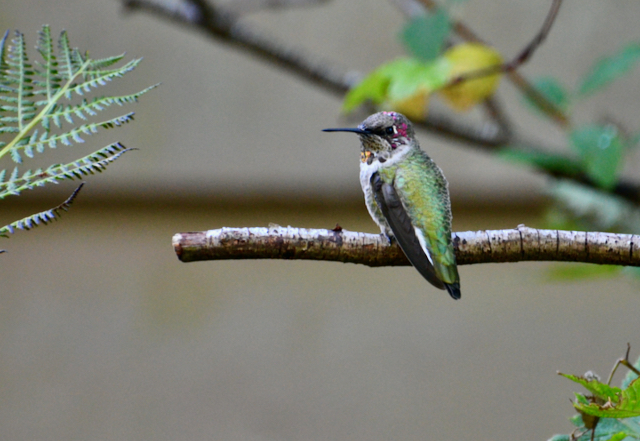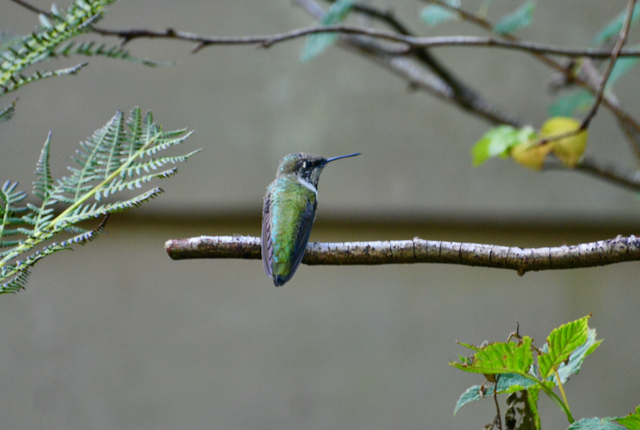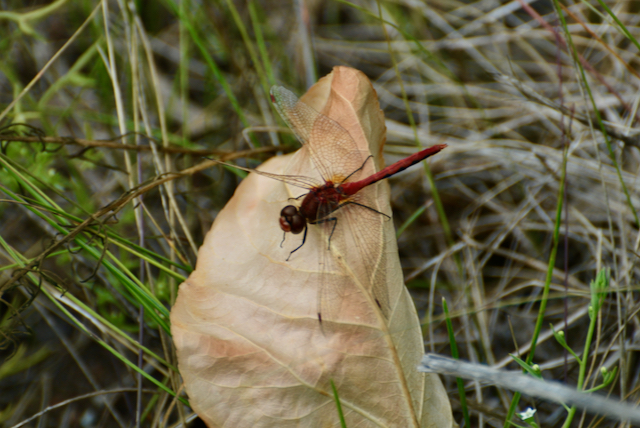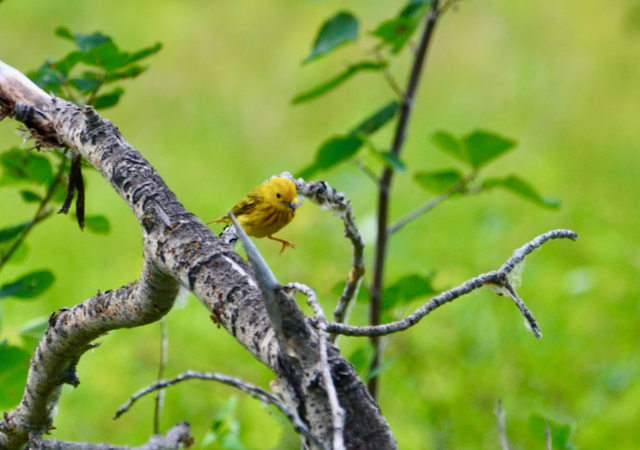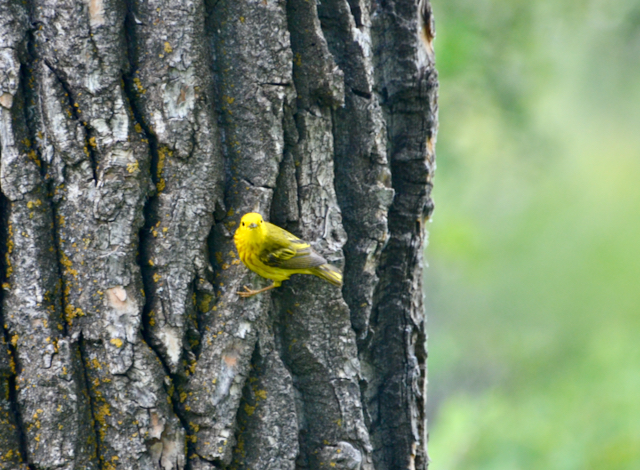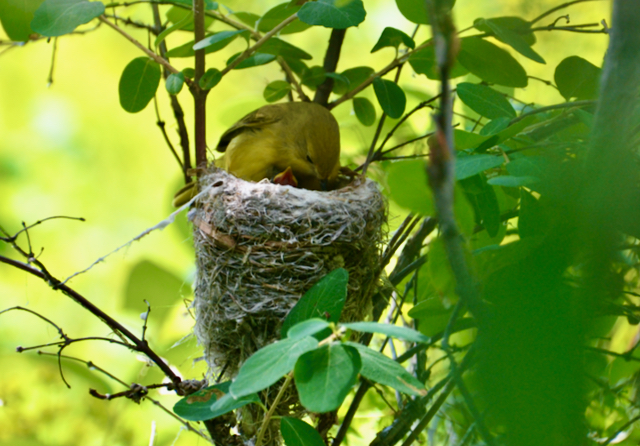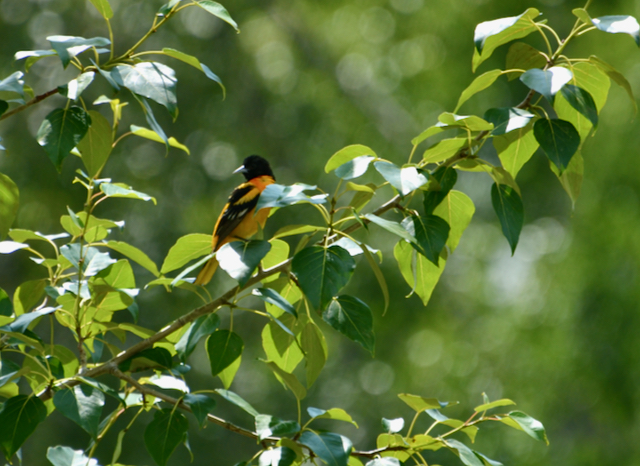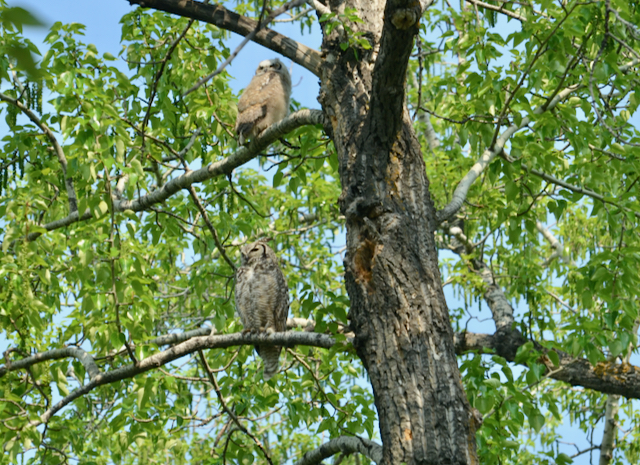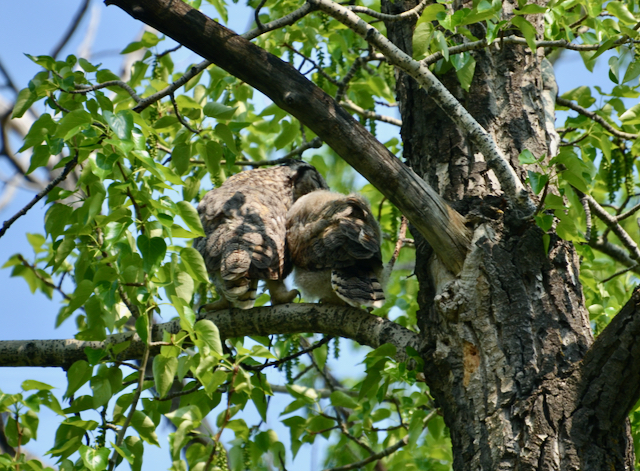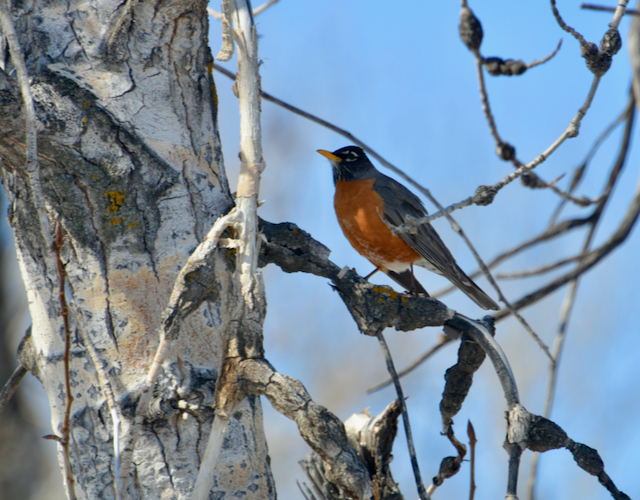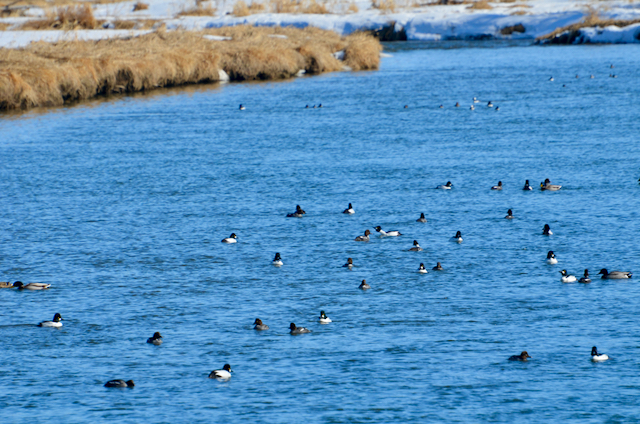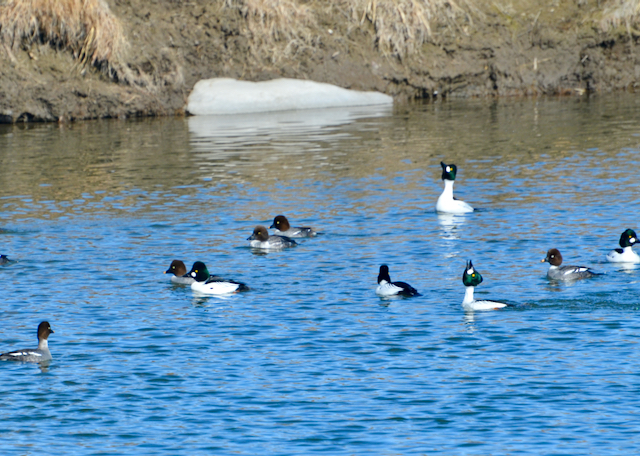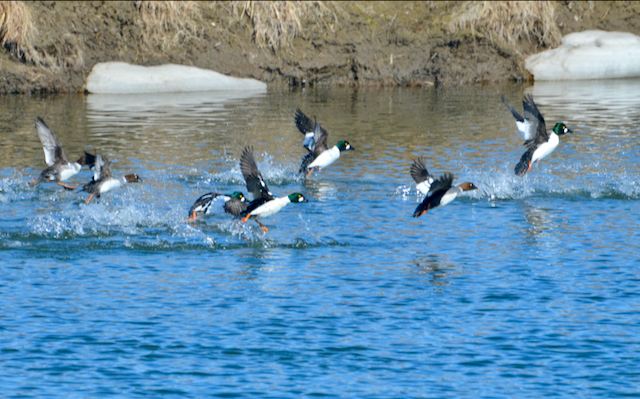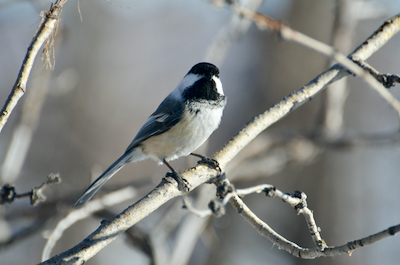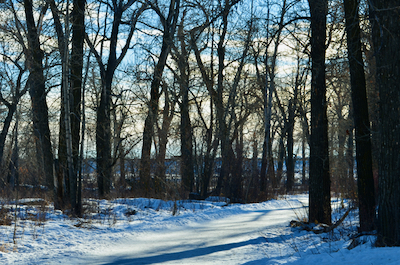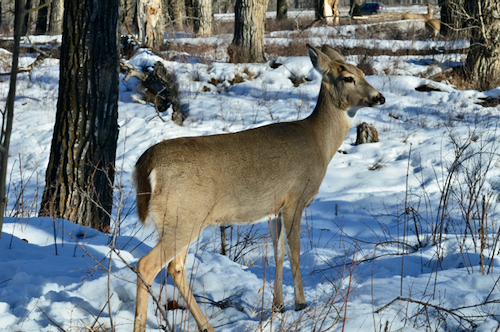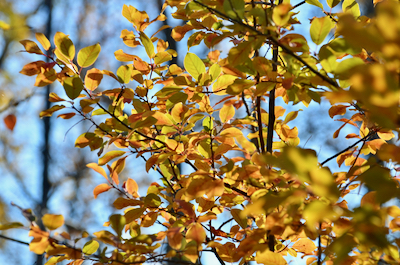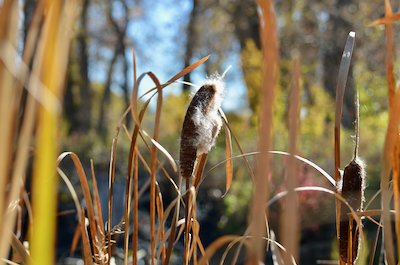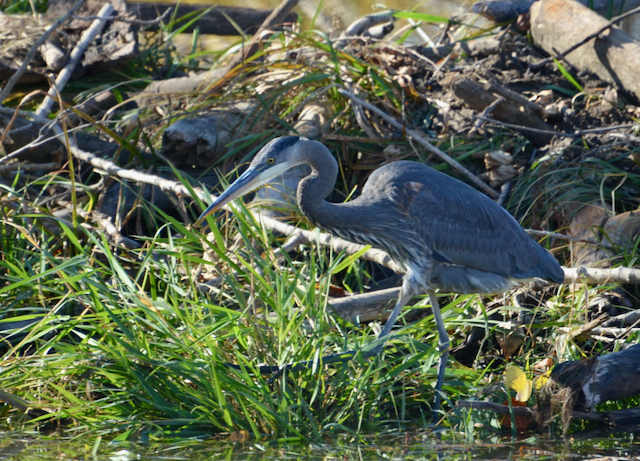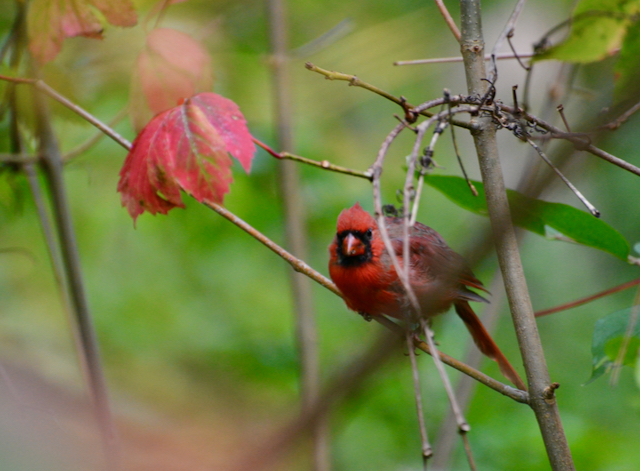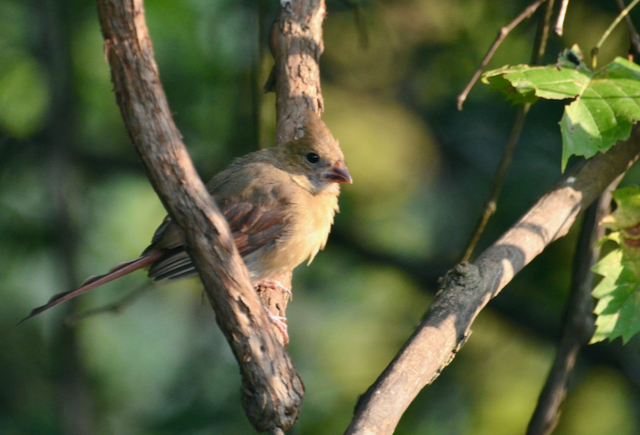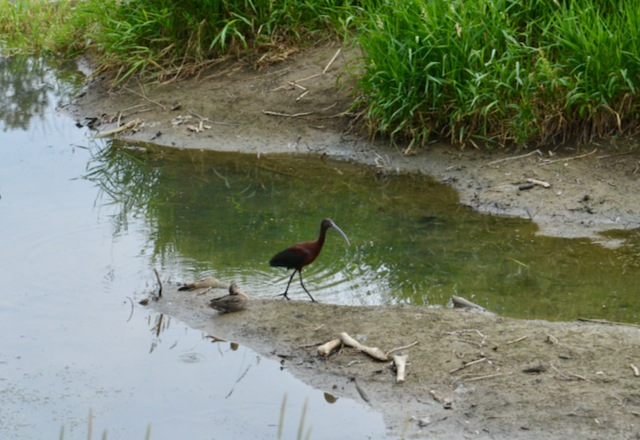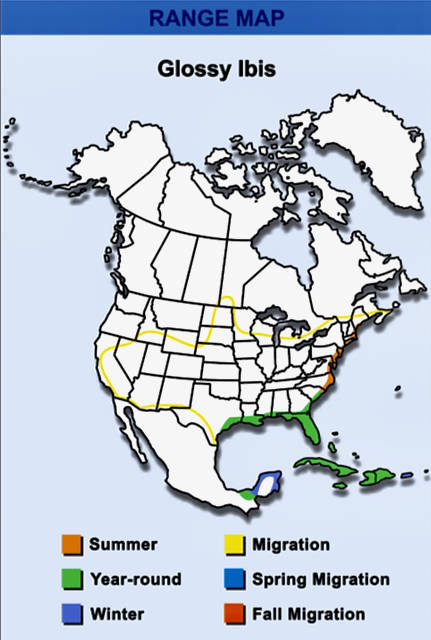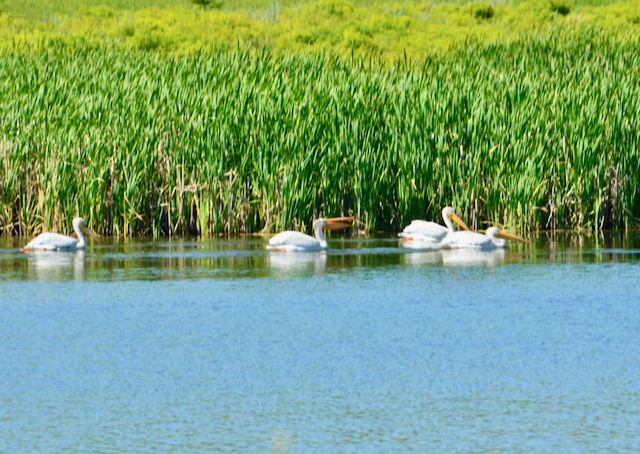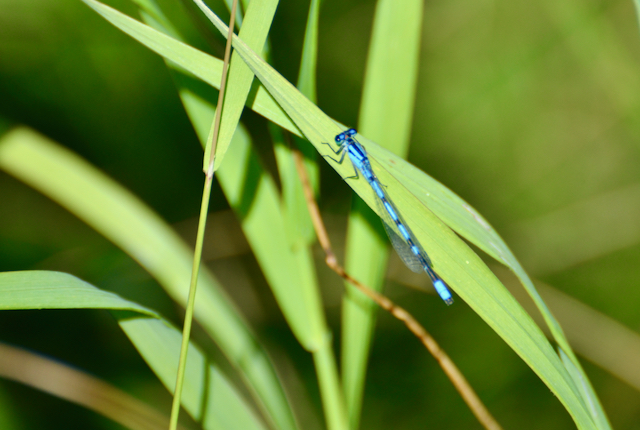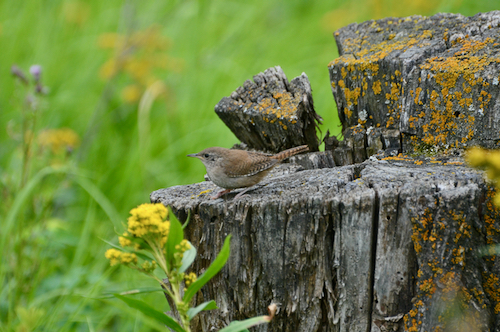Earlier this week I spent a few days in Vancouver, British Columbia. The Richmond Nature Park was high on my agenda since I ‘discovered’ the place last time I visited and found it to be a haven for hummingbirds. This time, I’m not disappointed as I’ve seen many albeit it’s hard to take a good photo of them, for they are small and ultra fast.
Every hummingbird is a miracle in itself. They are the smallest of birds, most species measuring 3-5 inches (7.6 -10 cm) in length and about 0.1 oz. (3 – 4 grams) in weight. The bee hummingbird of Cuba is the smallest bird in the world, only 2 inches (5 cm) in length and weighs 0.07 oz (1.95 gram).
According to World of Hummingbird, depending on their activity, hummingbirds’ wing beats can range from 70 to 200 times per second (when diving). And they can dive! Up to 60 miles per hour. Hummingbirds are the only birds that can fly forward, backward, hover and stay still in the air, fly sideway, and even upside down.
During migration, the Rufous Hummingbird fly from the Gulf of Mexico to Alaska to breed, that’s nearly 4,000 miles. These small but powerful flyers can travel as much as 23 miles in one day. As they cross the Gulf of Mexico they may cover up to 500 miles at a time. Their average speed in direct flight is in the range of 20-30 mph (32 – 48 km/hr), and up to three times that fast during courtship dives. Interesting info. here.
There are numerous fascinating facts to be found online, but nothing beats the actual experience of watching these tiny birds flapping their wings to stay still in the air like a motorized flapping cross, or see their iridescent feathers shimmering in the morning light. They are just too fast for me to take photos, especially when darting in midair. I could only capture some while they were sipping nectar from a feeder, or perching on a branch.
When I visited Richmond Nature Park earlier this week, I only found Anna’s Hummingbirds, although the signs indicate Rufous also hang out there. From the info I’ve gathered, Anna’s Hummingbirds now don’t migrate but settle in the Pacific Coast of North America, from California to B.C. in Canada. So there I was, encountering these beautiful, small miracles that morning.
Here’s a male Anna’s Hummingbird staying still:
the female or immature ones are mostly green without the fuchsia red on their head and neck, but their iridescent plumage and the colourful spots on the head are a sight to behold:
“… I have always known you are present in the… wings of birds.”
–– Mary Oliver, from the poem ‘Six Recognitions of the Lord’
***




